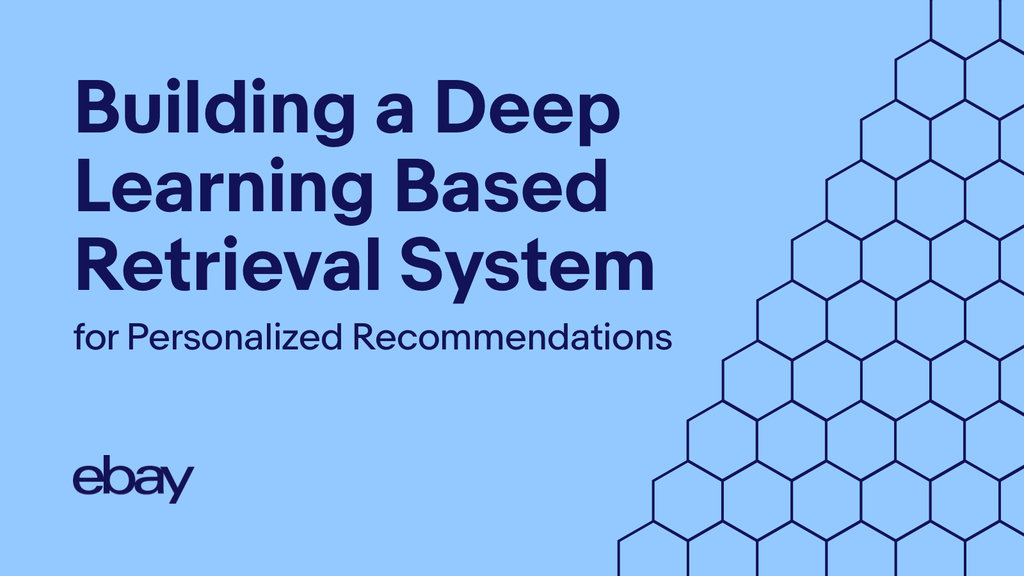Creating High-Quality Staging Data with a NoSQL Data Migration System
Editor’s note: This article follows “The Staging Dichotomy” series as a technical deep dive into data migration. eBay connects millions of buyers and sellers in more than 190 markets around the world to create economic opportunity for everyone, everywhere. As we continue to innovate on behalf of our customers, our team is focused on improving […]
Continue Reading








